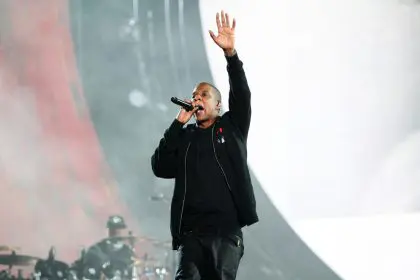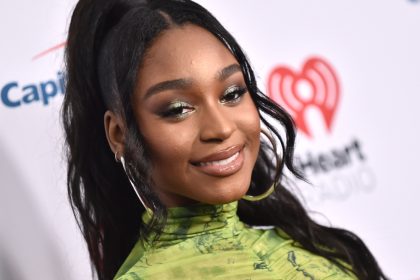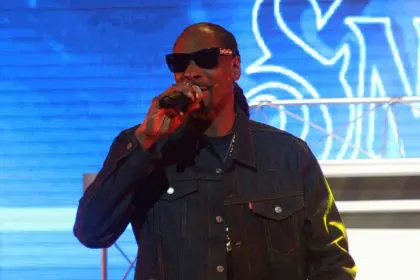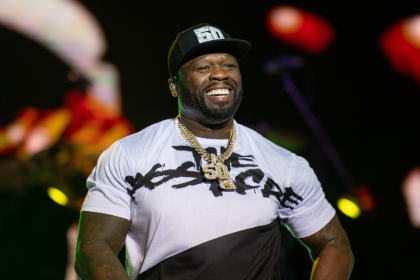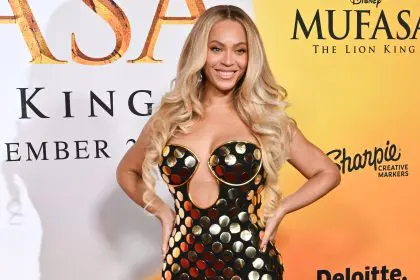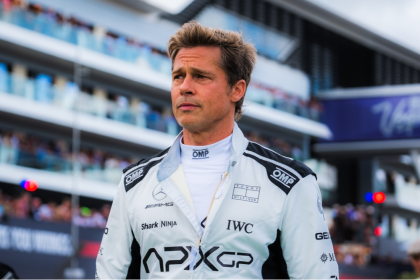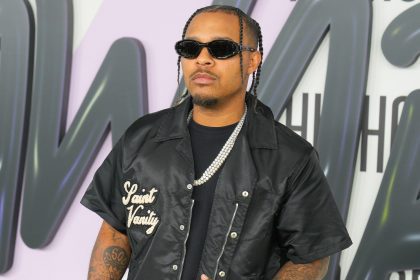It’s been twenty years since The Notorious B.I.G. dropped his seminal debut album. Ready To Die was a hit, making the burly emcee from Bedford-Stuyvesant the most visible New York rapper of his era and establishing Bad Boy Entertainment as the new powerhouse label in hip-hop. And two decades later, it’s still one of the most cinematic albums ever released; it presents a startling and vivid look into the mind of a young, black street kid who felt he had nothing to lose.
But what’s gone slightly under-discussed in recent years is how Biggie’s debut album brought New York City back to commercial prominence and visibility in hip-hop. The 20th anniversary of Illmatic was earlier this year, and much attention was given to the importance of the debut album from Nas, rightly so. It re-introduced the traditional New York emcee aesthetic that had been discarded as alternative hip-hop artists emerged and the Golden Age greats went silent or more underground. But with Ready To Die, New York City had an album that gave it more than artistic direction or critical acclaim; it gave the city commercial clout.
Remember, from the time The Chronic was released up through the summer of 1994, the West Coast was dominating hip-hop commercial and in terms of visibility; guys like Snoop Doggy Dogg, Dr. Dre, Ice Cube and 2Pac were eclipsing NYC rhymers like Redman, KRS-One and even early Wu-Tang Clan and Nas. The East had owned the hip-hop spotlight since 1979, even as West Coast rap became more viable circa 1988; but after Death Row and G-Funk stormed the pop charts, New York City hip-hop was high in critical praise but obscured by the West’s mammoth hits and album sales.
Ready To Die changed all of that.
With “Juicy” and “Big Poppa” Biggie gave New York City the kind of crossover hits it hadn’t really seen from a respected solo emcee since Mama Said Knock You Out-era LL Cool J four years earlier. And the fact that Ready To Die was crammed with killer verses and a stark, street narrative gave Biggie the artistic heft to insulate him from cries of selling out. It was shrewd maneuver by Sean “Puffy” Combs and Bad Boy Records: take Kool G Rap and marry him to smoothed-out G-Funk. The payoff was immediate and a win for everyone involved.
Biggie brought New York City back to the charts in a way that set the stage for the emergence of Jay Z, motivated Nas to re-think his approach on his 2nd album and gave artists like Redman and Method Man a template for the crossover stars that they would morph into by 1996. It was a game-changer, in every sense of the word.
Unbelievable.


